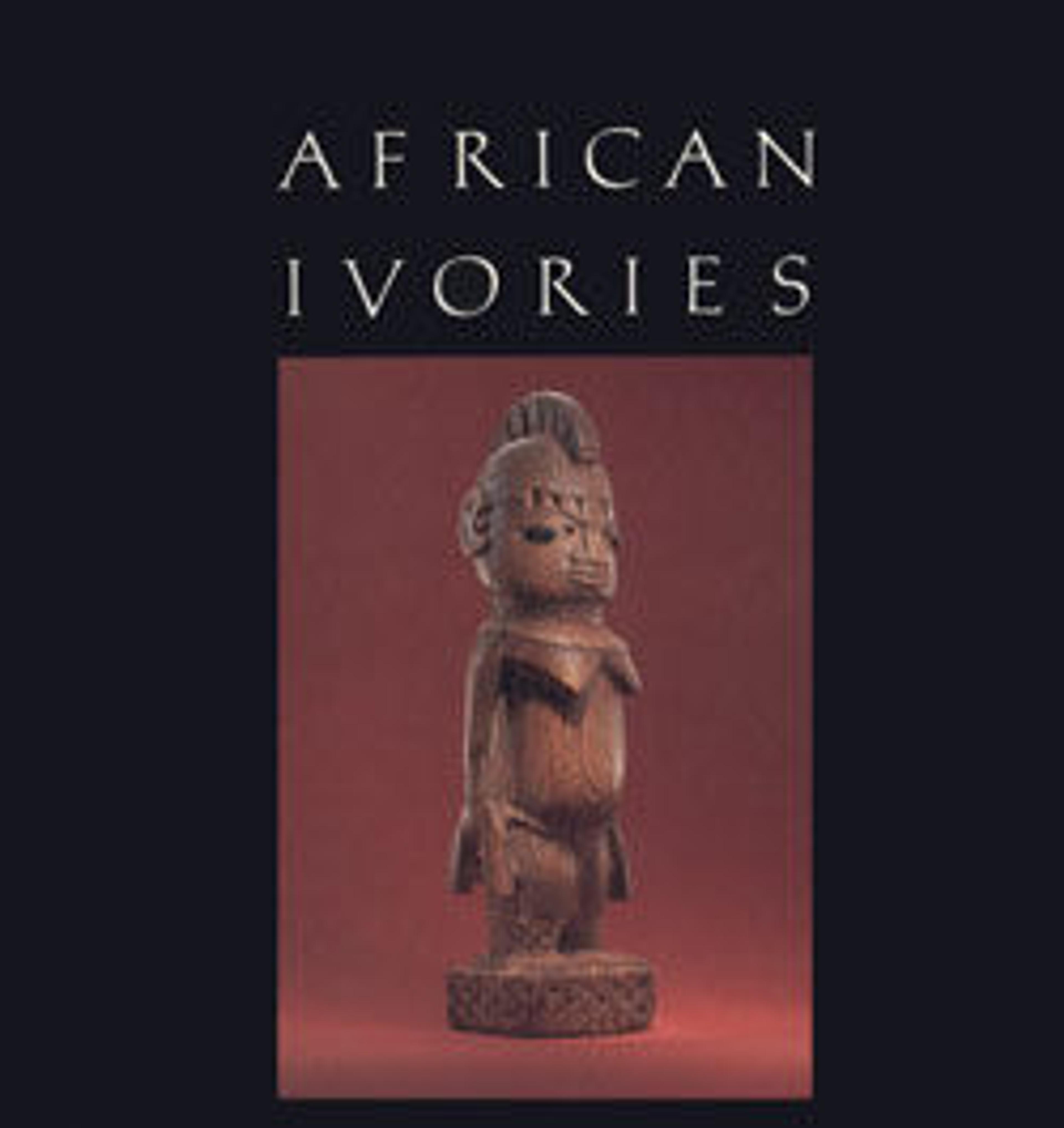Lukungu (mask)
Imbued with intrinsic and sacred power, Lega sculptures served as layered metaphors for social values and universal concepts. They were commissioned by the bwami society, whose primary purpose was to instruct male and female initiates in wisdom and moral excellence. Individually owned lukungu were displayed on specially constructed fences during initiation ceremonies. Underscoring the inevitability of death, the assemblage of ivory masks recalled the remains of deceased community leaders. A lukungu could be placed near an owner's final resting site before being passed on to the deceased's nephew. This mask type was among the most potent forms entrusted to senior members of the highest grade of bwami: lutumbo lwa kindi. Prior to use, they were cleaned, oiled, and rubbed with a red powder, transforming the natural white of the ivory. These actions echoed those of an initiate preparing themselves for the upcoming events.
Artwork Details
- Title:Lukungu (mask)
- Artist:Lega artist
- Date:19th–early 20th century
- Geography:Democratic Republic of the Congo, Shabundu region
- Culture:Lega peoples
- Medium:Ivory
- Dimensions:H. 8 3/4 × W. 4 13/16 × D. 2 3/4 in. (22.2 × 12.3 × 7 cm)
- Classification:Bone/Ivory-Sculpture
- Credit Line:The Michael C. Rockefeller Memorial Collection, Bequest of Nelson A. Rockefeller, 1979
- Object Number:1979.206.277
- Curatorial Department: The Michael C. Rockefeller Wing
More Artwork
Research Resources
The Met provides unparalleled resources for research and welcomes an international community of students and scholars. The Met's Open Access API is where creators and researchers can connect to the The Met collection. Open Access data and public domain images are available for unrestricted commercial and noncommercial use without permission or fee.
To request images under copyright and other restrictions, please use this Image Request form.
Feedback
We continue to research and examine historical and cultural context for objects in The Met collection. If you have comments or questions about this object record, please contact us using the form below. The Museum looks forward to receiving your comments.
